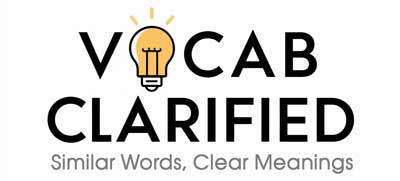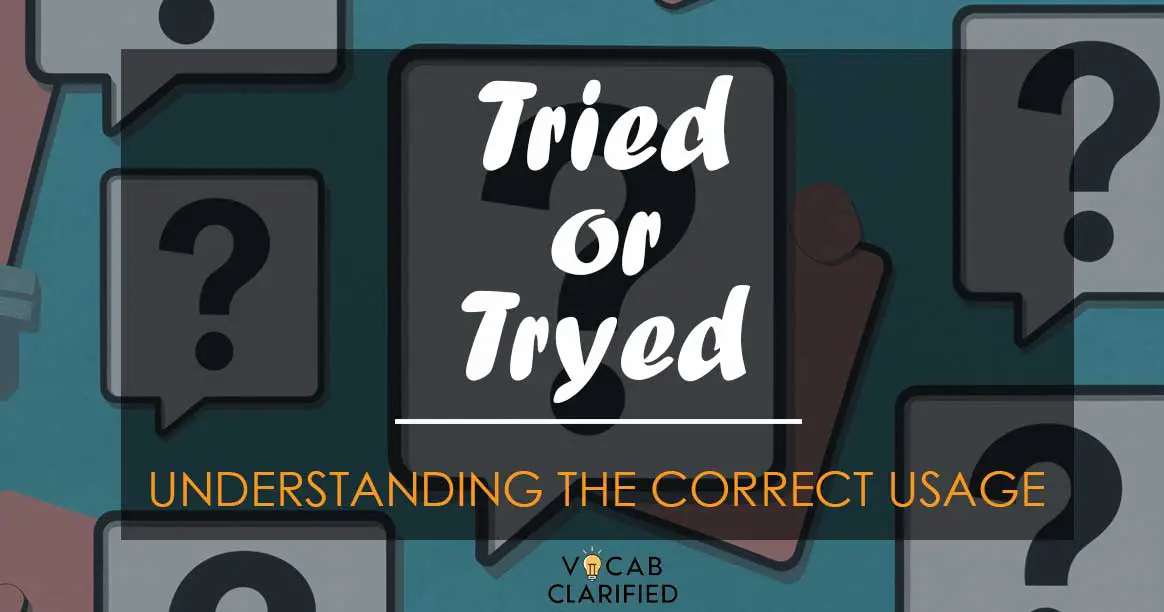Ever found yourself stuck on whether to write “tried” or “tryed” while drafting an email or a school essay? If you have ever hesitated, wondering which is correct, you are not alone.
This article aims to dissolve the fog surrounding these two spellings, guiding you to a clearer understanding and more confident usage.
Understanding Tried and Tryed
Tried: Definition and Usage
“Tried” is the correct past tense and past participle form of the verb “try”. It means to have made an attempt or effort to do something. For example:
- “She tried to open the jar, but it was too tight.”
- “They tried their best to solve the problem.”
Tryed: Definition and Usage
Contrastingly, “tryed” is an incorrect spelling of the word.
It is not used in any context or situation and should be avoided in both written and spoken English.
Side-by-Side Comparison
| Aspect | Tried | Tryed |
| Definition | Past tense of “try” | Incorrect spelling |
| Common Usage | “She tried to open the jar.” | Not applicable |
| Key Differences | Correct past tense form | Incorrect form |
When deciding between “tried” and “tryed,” consider the basic rule of English grammar that governs the formation of past tense verbs.
“Tried” is the universally accepted form, while “tryed” is a common misspelling.
Everyday Usage Examples
Let’s see some more examples to illustrate how “tried” fits into everyday language:
- “He tried to fix the car but couldn’t find the problem.”
- “We tried different approaches to solve the puzzle.”
FAQ: Tried vs. Tryed
The correct past tense of “try” is “tried.” The spelling “tryed” is incorrect.
“Tryed” is not a correct spelling because English spelling rules dictate that the past tense of “try” is formed as “tried.”
No, “tryed” is never correct. The only acceptable past tense form is “tried.”
To remember to use “tried,” note that most verbs ending in “y” change the “y” to “i” before adding “ed” (e.g., “try” becomes “tried”).
Conclusion
In conclusion, “tried” is the correct spelling when you need the past tense of “try”. Avoid using “tryed,” as it is not recognized in English. Remembering this simple rule will help you write more confidently and accurately.

